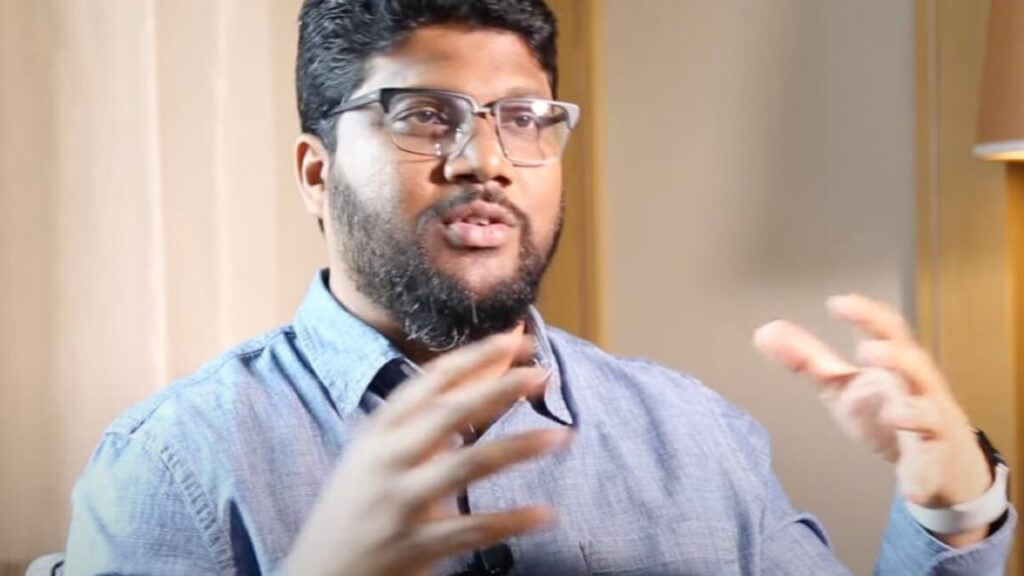Science paper piracy site Sci-Hub shares lots of retracted papers
Most scientific literature is published in for-profit journals that rely on subscriptions and paywalls to turn a profit. But that trend has been shifting as various governments and funding agencies are requiring that the science they fund be published in open-access journals. The transition is happening gradually, though, and a lot of the historical literature remains locked behind paywalls.
These paywalls can pose a problem for researchers who aren’t at well-funded universities, including many in the Global South, which may not be able to access the research they need to understand in order to pursue their own studies. One solution has been Sci-Hub, a site where people can upload PDFs of published papers so they can be shared with anyone who can access the site. Despite losses in publishing industry lawsuits and attempts to block access, Sci-Hub continues to serve up research papers that would otherwise be protected by paywalls.
But what it’s serving up may not always be the latest and greatest. Generally, when a paper is retracted for being invalid, publishers issue an updated version of its PDF with clear indications that the research it contains should no longer be considered valid. Unfortunately, it appears that once Sci-Hub has a copy of a paper, it doesn’t necessarily have the ability to ensure it’s kept up to date. Based on a scan of its content done by researchers from India, about 85 percent of the invalid papers they checked had no indication that the paper had been retracted.
Correcting the scientific record
Scientific results go wrong for all sorts of reasons, from outright fraud to honest mistakes. If the problems don’t invalidate the overall conclusions of a paper, it’s possible to update the paper with a correction. If the problems are systemic enough to undermine the results, however, the paper is typically retracted—in essence, it should be treated as if it were never published in the first place.
It doesn’t always work out that way, however. Maybe people ignore the notifications that something has been retracted, or maybe they downloaded a copy of the paper before it got retracted and never saw the notifications at all, but citations to retracted papers regularly appear in the scientific record. Over the long term, this can distort our big-picture view of science, leading to wasted effort and misallocated resources.
Science paper piracy site Sci-Hub shares lots of retracted papers Read More »

